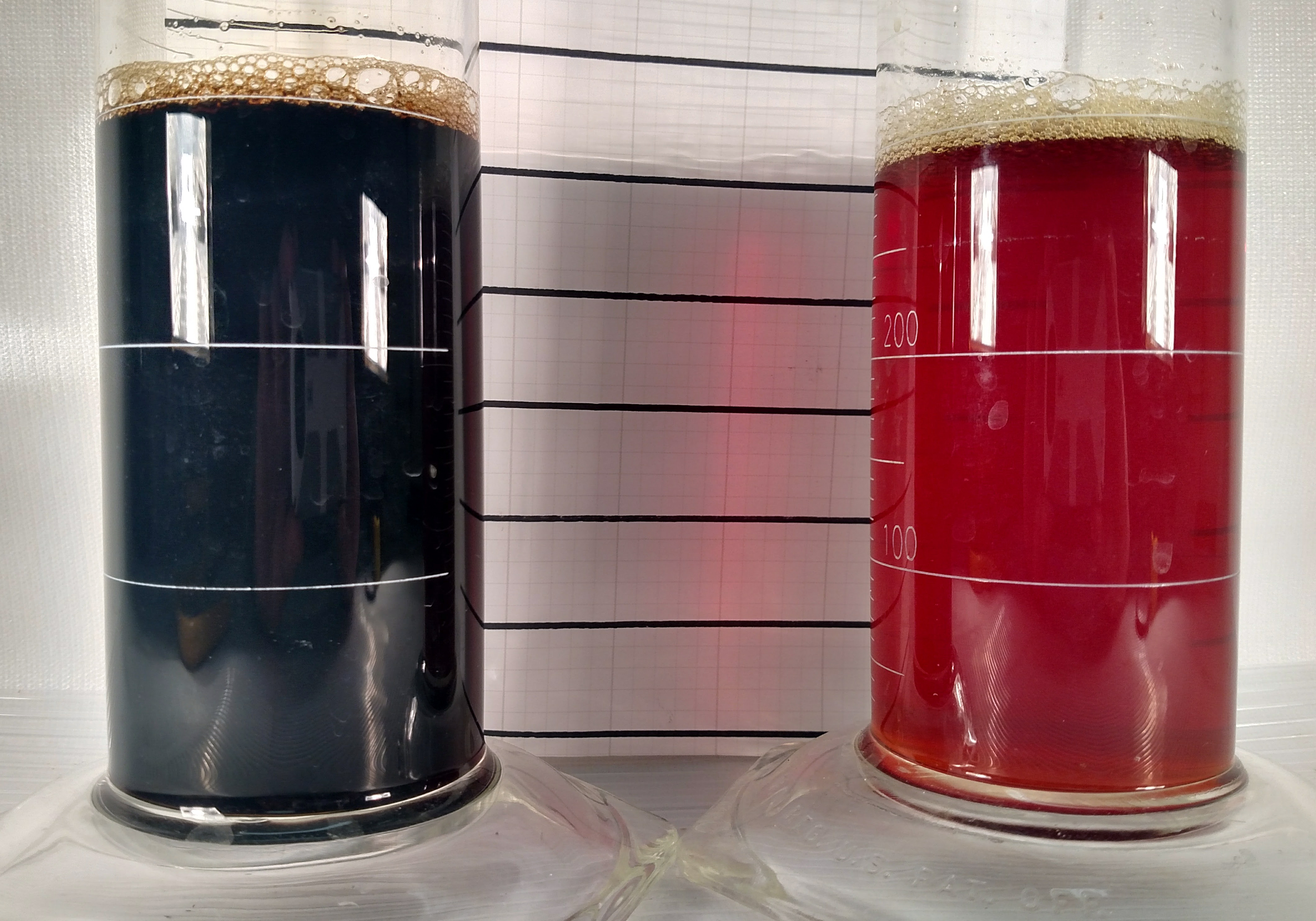
One of our company values is to protect people and the environment. We seek to do this through partnering with industrial plants to help them safely reuse water and discharge wastewater, reducing the burden on local water utilities. We take pride in using chemicals and processes that aren’t harmful to the environment or to people. Based in beautiful Southwest Virginia, we understand how sensitive our lands and waterways are to misuse and pollution.
On Sunday, July 15, 2018, the Roanoke Times published an article (and later a follow-up) about discoloration in the James River due to a waste treatment issue at a paper mill in Covington, Virginia. Of course, any change to sensitive river ecosystems is a potential cause for concern, but we also think it’s important to understand the severity of those changes.
Paper mills use millions of gallons of water a day and often discharge their wastewater into local waterways, since water utilities wouldn’t be able to handle such an influx. One way they can mitigate the risks of water discoloration and other related issues is to treat and reuse a majority of their water. By integrating an industrial water reuse system, 85% to 90% of their water could be reused, while treating and discharging only 10% to 15% of their daily intake.
While we don’t work with the paper mill mentioned in the article, we do partner with wood industry plants. (In fact, we recently published an article about one such customer.) The water they use to scrub fine wood particles from gases before they can be released into the atmosphere (to comply with EPA regulations) is exceptionally dirty. Tar and lignin, which caused the discoloration in the James, are unavoidable byproducts when working with wood. And they’re very difficult to clean from water. We spend a great deal of time and effort developing the most effective chemistry and systems to do so safely and within discharge limits.
So, what happens when those discharge limits are exceeded? If it’s a hazardous substance, the results could be catastrophic to people and the environment. Fortunately, that didn’t happen this time. Lignin is a natural substance found in the cells walls of plants. It’s separated from wood during the chemical process of forming wood pulp. While unfortunate, the one-time release of an excessive amount of lignin into the James was not on the scale of a “hazardous spill.” Likewise, the accidental release of biodegradable defoamer (probably a mineral oil-based one) should not be a cause for concern.
It’s important to keep an eye on industry and to advocate for greater water reuse and the rigorous application of discharge limits. Better water management policies are needed to prevent pollution and to preserve our supply of fresh water. Water reuse and treatment technologies like the ones we develop are important in this effort.
Further reading:
Wood Products Industry - Benefits of Reusing Process Water
CleanWESP Saves Maintenance Costs and Down Time
CleanWESP Extends RTO Media Life
What the Engineered Wood & Pellets Industry Does with Their Water
